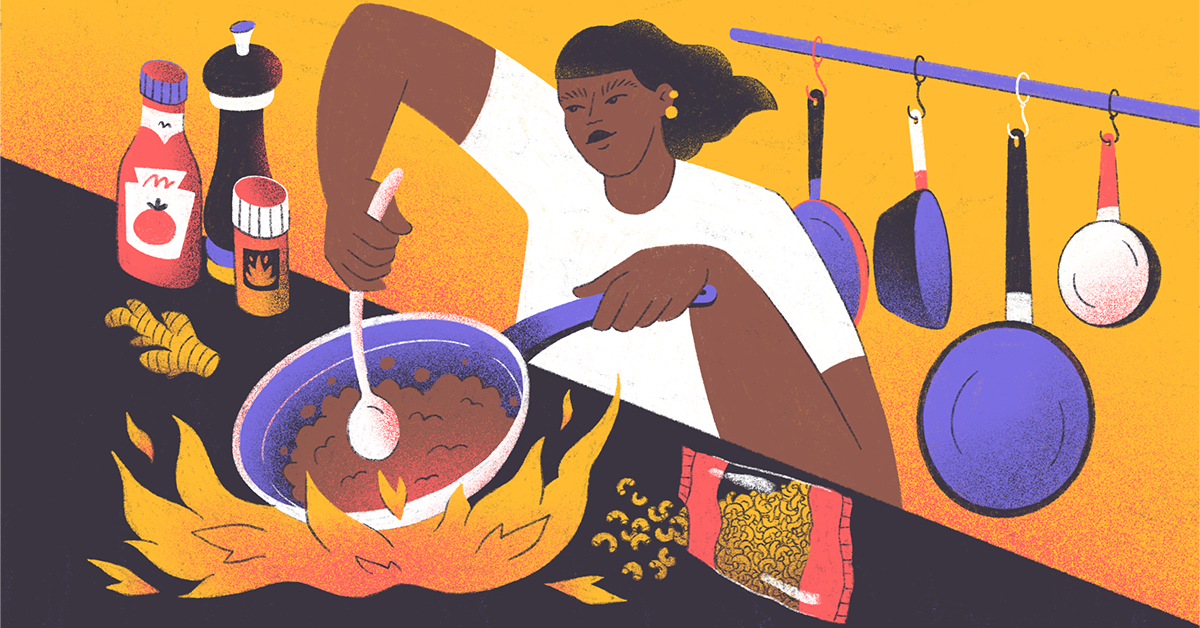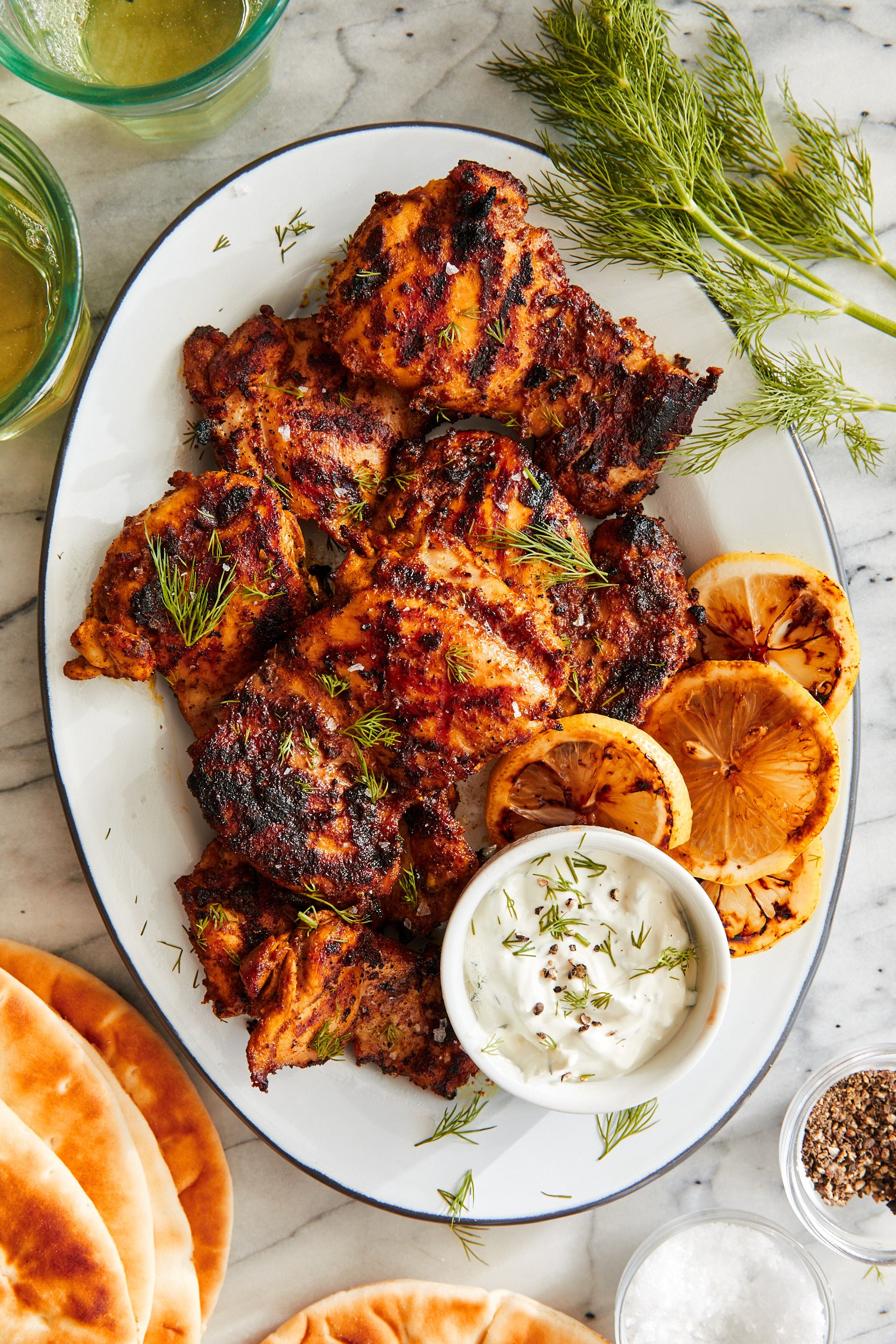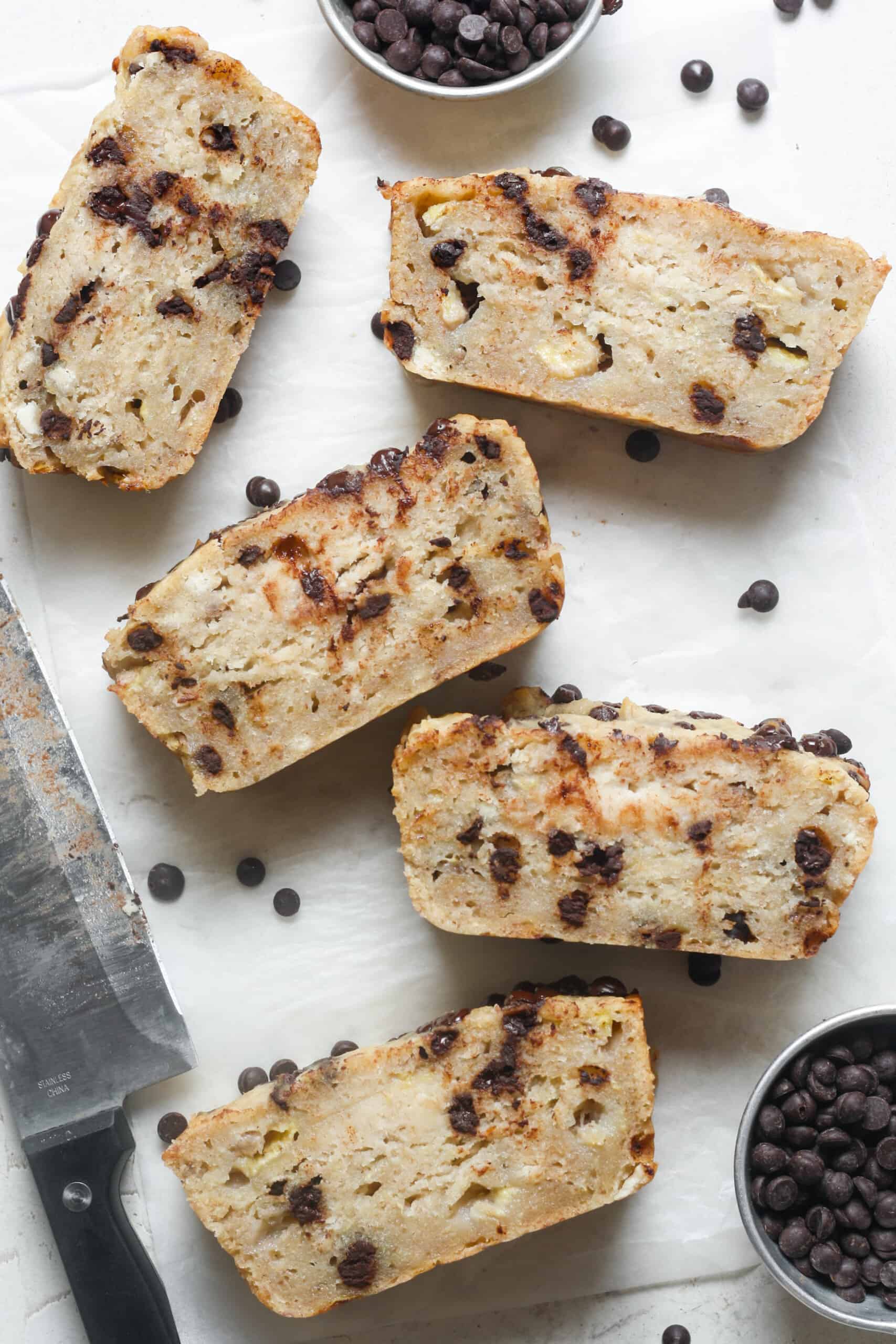My acquaintance with the spaghetti was not on the children’s menu at an Italian-inspired franchise restaurant, but at my mother’s distinctive Punjabi table in Islamabad. It turns out that in South Asia I am not so special. Keema spaghetti, or keema macaroni – a smooth combination of sharply seasoned minced meat and cooked dry pasta – is for the subcontinent what spaghetti and patties are for the United States. But it is not worth for a moment to confuse it with Italian food.
A homemade ingredient in South Asia, keema is made with minced meat of any kind. A common way to cook it is to cook it on a bed of sautéed onions with an aromatic mixture of whole and ground spices (including, but not always, gram masala, cumin and coriander powder). While tomatoes are optional, in Pakistan, many families (including mine) add chopped romaine tomatoes to thicken the sauce, and sometimes finish it with a vegetable of their choice – peas, green peppers and potatoes are the most popular.
Keema is usually mated to rice or roti, but somewhere along the way, families have also started serving it with spaghetti. The exact recipe for this brilliant composition, however, can change drastically. In India, Dr. Korosh F. Dalal, an archaeologist and culinary anthropologist from Mumbai, says it is usually cooked with ground lamb. In Pakistan, it is usually made with beef, but also ground chicken works. Chaya Ismail, who grew up in Karachi and now works as a chef In New York, she said her mother’s recipe would have been a chicken dressed in piles of chopped coriander, with hints of ketchup, served with spaghetti or macaroni.Compared to pasta combined with northern Italian bolognese, Ismail finds this variation from South Asia, with overcooked spaghetti, On the drier side – “Nothing to Dante about it”, she adds.
“I hate it when people call my kima’s pasta sauce ‘bolognese,'” my friend Faiza, who grew up in Karachi but is now based in Maryland, told me. “It makes me curl up on my toes.” A resemblance between the two dishes does exist. Both are built around a union of minced meat and tomato sauce, but while the bolognese is based on onions, celery and carrots – lightly seasoned with salt, black pepper, and occasionally a pinch of Italian seasoning – the couple has established from South Asia. Spaghetti with drier, and that’s it Always sharp. And unlike bolognese, it is pre-laid with spaghetti or elbow macaroni – topped with ketchup rather than parmesan.
When Zinat Aisha (who walks next to Gina) first served bolognese to her customers at Pappasallis restaurant in Islamabad, they found it bland. “We had to make some adjustments,” says Aisha, who grew up all over Pakistan thanks to her father’s military background, but is credited with bringing Italian cuisine to my hometown. While Aisha refrained from adding spices such as gram masala, which South Asians usually add to the traditional kima, she sharpened the original flavor of her sauce and added the extra “toe” stage to the meat.
The exact recipe for this brilliant composition, however, can change drastically.
An essential cooking technique in South Asia, especially Pakistani and North Indian, involves frying ingredients together over high heat while stirring constantly. I have found that Pakistanis take the task of the toe, especially with regard to minced meat, very seriously: stir for a few consecutive minutes at a time until their hands ache and the oil begins to separate from the spices. The process helps to moderate the thick smell of minced meat, especially beef or lamb, and blends it with the taste of fried onions and spices. The result is contrasting flavors and a more grainy texture than you might encounter in a typical bolognese.
Ayesha confirms that keema spaghetti existed long before there were restaurants that served Italian-influenced pasta or pizza in Pakistan. “Spaghetti has always been available,” Ayesha tells me, adding that it was initially imported to the country until the Pakistani brand Coulson began producing it.
Dalal believes that spaghetti keema probably came from the British club culture that grew up during the British colonial rule in India, starting in 1858. Originally the European male colonialists were meant to socialize with each other, the environments (and menus) of the clubs were meant to move their members back to London. While the menus eventually evolved, they accelerated the introduction of European ingredients and dishes into the subcontinent.
Dalal points out that the more common type of pasta in the area is elbow macaroni. It seems that as in the United States, packaged macaroons came to give the continent before the spaghetti. He speculates that perhaps this was part of the supply that the British colonialists provided to the Indian population during one of the world wars.
Since then, many groups across the subcontinent have made it their own. He points to a spicy mixed vegetable dish, macaroni sabzi, prepared by Sindh Hindus who immigrated from Sindh province in southeastern Pakistan, as well as to the Persian community, which prepares “lots of macaroni salad.” It is therefore not surprising that many from South Asia combine their establishment with macaroni.
Shenzh Ramsey, journalist and author Food Prints: A Epicurean Journey Through Pakistan, Does not consider spaghetti foreign. She tells me that if you visit the northern regions of Pakistan, many communities make these types of noodles themselves. However, kima spaghetti (or keema macaroni), as it is cooked in urban households, is always paired with packaged pasta.
Ramzi compares existing spaghetti to shepherds pie, a convenient way to make use of leftovers. “It is a comforting food, easy to distribute, especially in times of emergency. “ Many parents will simply compare the traditional leftovers with pasta to feed their children. Others, like my mother, would have adapted her founding recipe to make it more “Italian.” Instead of using the typical spice mixture she uses for Pakistani-style kima, she spices it with salt, pepper, some red chili powder and oregano. Similarly, my friend Faiza replaced her family’s recipe with a lasagna sauce she found on Allrecipes website Add new flavors, like fennel seeds, to a dish she would otherwise be bored with.
The fact that the usefulness of spaghetti keema has remained relatively the same – a generous and satisfying meal for families and impromptu guests – despite the many twists and turns that home cooks give the dish explains its ongoing heritage. It also helps that it is delicious. My mother did this to me unexpectedly last winter on a snowy day in Washington, DC. After inhaling it within what felt like seconds, all I could think was, “wow, I did not know I needed it.”



